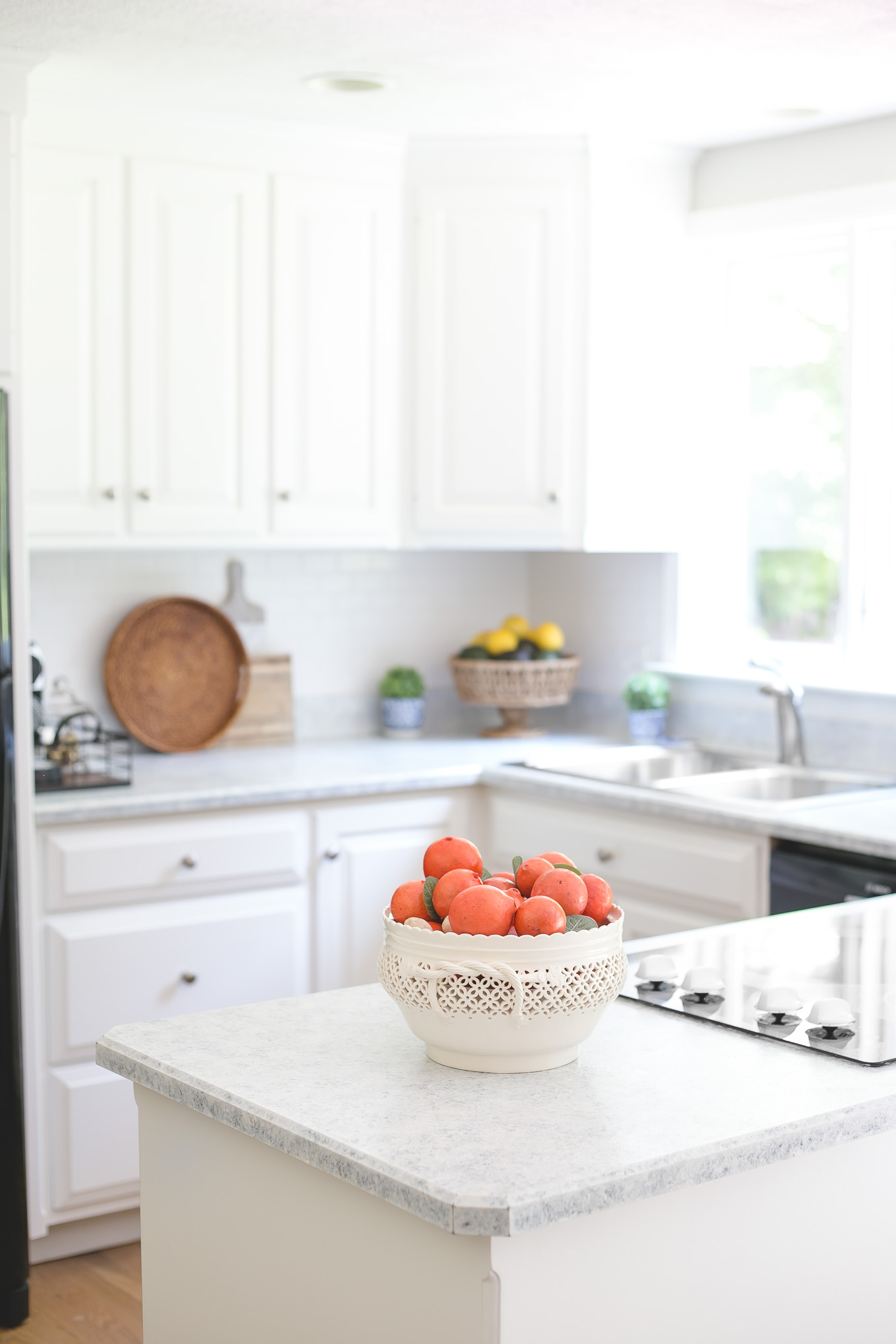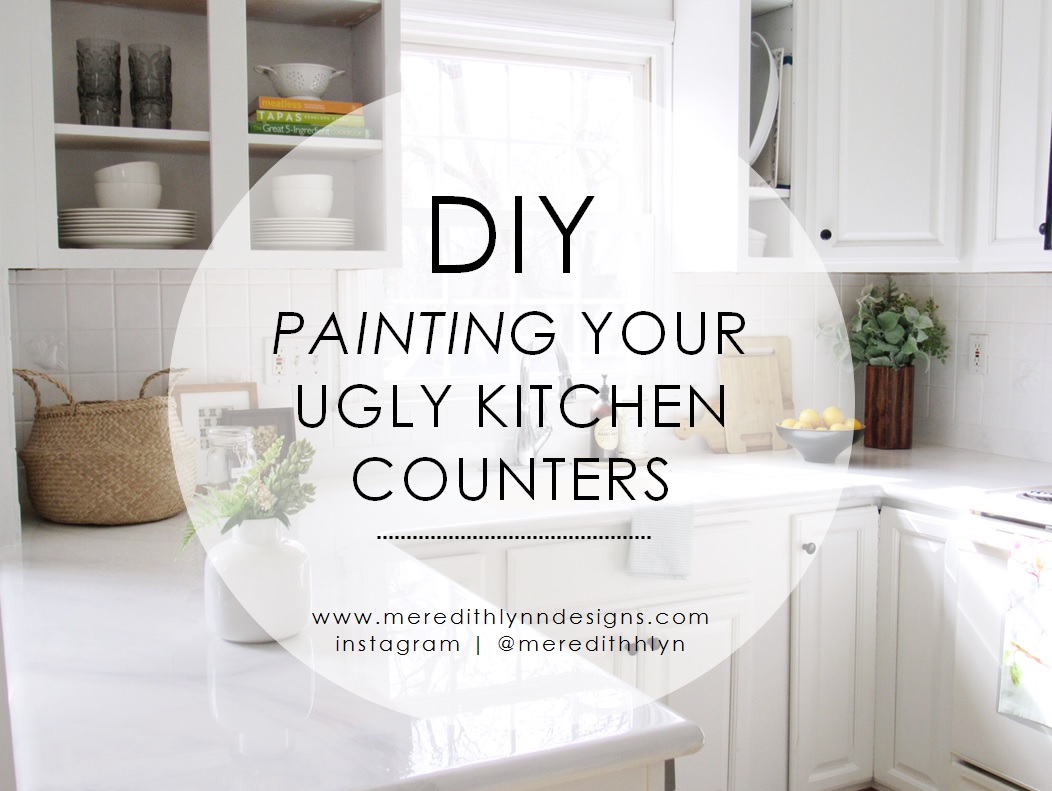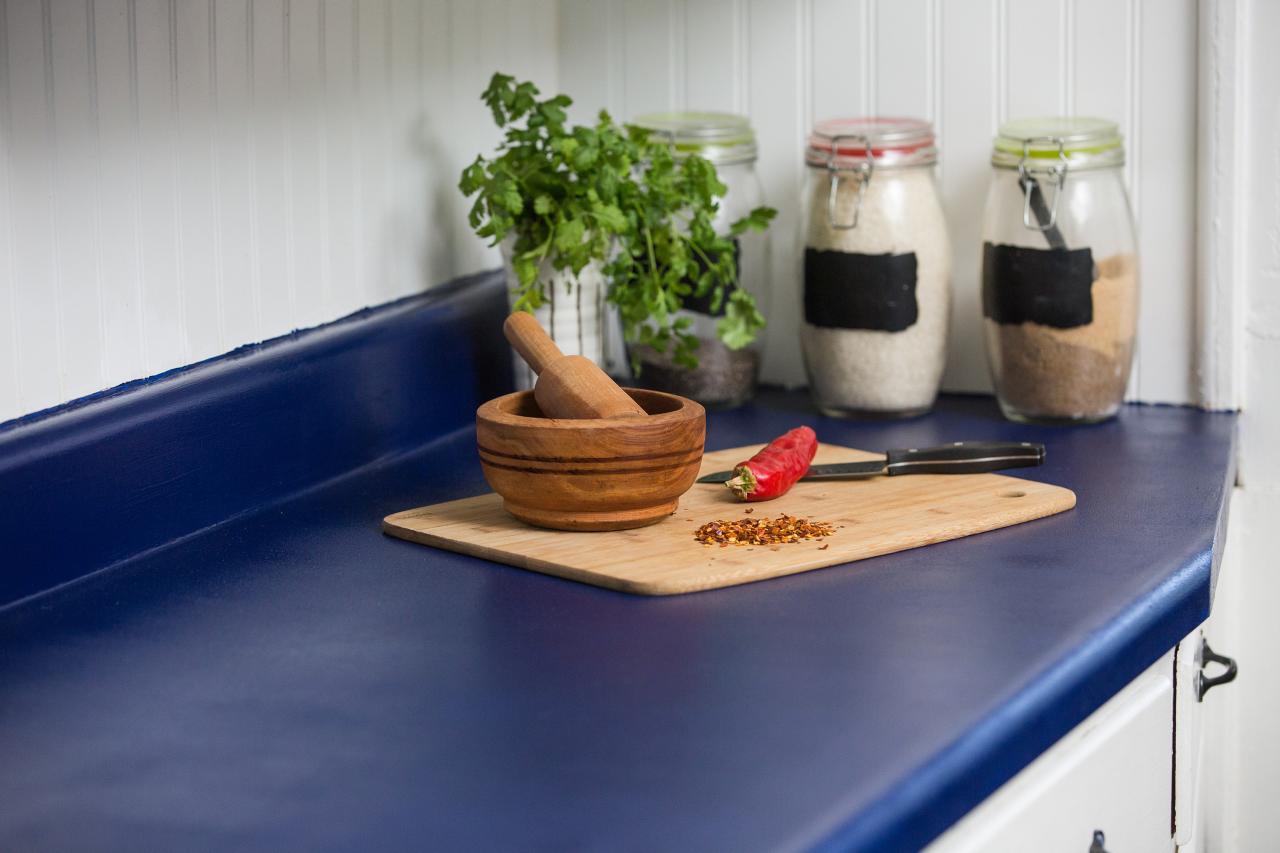A kitchen countertop makeover can dramatically transform the look and feel of your kitchen, making it more functional, stylish, and inviting. This comprehensive process involves choosing the right materials, understanding design trends, and planning for both aesthetics and practicality. Here, we explore various aspects of a kitchen countertop makeover, from material selection and design trends to installation and maintenance, ensuring you have all the information needed to create your dream kitchen.
Choosing the Right Material for Your Kitchen Countertops
Selecting the right material for your kitchen countertops is crucial, as it affects not only the appearance but also the functionality and durability of your kitchen. There are several popular materials to choose from, each with its advantages and considerations.
Granite: Granite is a classic choice for its durability and natural beauty. Each granite slab is unique, featuring different patterns and colors, making it a popular choice for adding a touch of elegance to any kitchen. Granite is heat-resistant and can handle heavy use, but it requires regular sealing to maintain its appearance and prevent stains.
Quartz: Quartz countertops are engineered from natural quartz combined with resin, making them non-porous and highly resistant to stains and scratches. Available in a wide range of colors and patterns, quartz can mimic the look of natural stone or provide a sleek, modern appearance. It is low-maintenance and durable, ideal for busy kitchens.
Marble: Marble countertops exude luxury and sophistication with their distinctive veining and timeless appeal. However, marble is more porous and softer than granite and quartz, making it prone to scratches and stains. Regular sealing and careful maintenance are necessary to preserve its beauty.

Laminate: Laminate countertops offer an affordable and versatile option for kitchen makeovers. Made from layers of plastic bonded to particleboard, laminate can mimic the appearance of more expensive materials like wood or stone. While it is less durable than natural stone, advancements in laminate technology have improved its durability and aesthetic appeal.
Butcher Block: Butcher block countertops provide a warm, rustic charm to any kitchen. Made from strips of wood glued together, these countertops are perfect for food preparation and can be sanded down to remove scratches. However, they require regular oiling to prevent drying and cracking.
Concrete: Concrete countertops are a trendy choice for modern and industrial-style kitchens. They can be customized with different colors, textures, and finishes. Concrete is highly durable and heat-resistant but requires sealing to prevent stains and cracks.

Exploring Design Trends in Kitchen Countertops
Staying updated with the latest design trends can help you choose a countertop that not only fits your personal style but also adds value to your home. Here are some of the current design trends in kitchen countertops.
- Bold Patterns: Bold and dramatic patterns are gaining popularity, with materials like quartz and granite offering striking veining and unique designs. These patterns can serve as a focal point in the kitchen, adding visual interest and personality.
- Neutral Tones: Neutral colors such as white, gray, and beige remain timeless choices for kitchen countertops. These hues provide a clean and elegant backdrop that can complement a variety of kitchen styles, from traditional to contemporary.
- Matte Finishes: Matte finishes are becoming more popular, offering a softer, more understated look compared to glossy surfaces. Matte countertops can hide fingerprints and smudges better, making them a practical choice for busy kitchens.
- Integrated Sinks: Integrated sinks, where the sink is made from the same material as the countertop, create a seamless and cohesive look. This trend is not only visually appealing but also makes cleaning easier, as there are no seams or edges where dirt can accumulate.
- Mixed Materials: Combining different materials for countertops, such as pairing a marble island with quartz perimeter countertops, adds depth and contrast to the kitchen design. This trend allows homeowners to enjoy the benefits of multiple materials while creating a unique and personalized space.
- Sustainable Choices: Eco-friendly and sustainable materials, such as recycled glass or reclaimed wood, are gaining traction among environmentally conscious homeowners. These materials offer unique aesthetics while reducing the environmental impact of your kitchen remodel.

Planning the Layout and Functionality
A successful kitchen countertops makeover involves careful planning of the layout and functionality to ensure that the new countertops meet your needs and enhance your cooking and dining experience.
Work Triangle: The kitchen work triangle, which connects the stove, sink, and refrigerator, is a fundamental concept in kitchen design. Ensure your countertops support an efficient workflow by providing ample space around these key areas for food preparation and cooking.
Counter Height and Depth: Standard countertop height is around 36 inches, but this can be adjusted to suit your needs. The depth of the countertops should be sufficient to accommodate appliances and provide adequate workspace. Customizing these dimensions can improve comfort and functionality.
Overhangs and Seating: If you plan to incorporate seating at your countertops, such as a breakfast bar or island, ensure there is enough overhang to provide comfortable seating. A typical overhang for seating is around 12-18 inches. Consider the number of seats you need and the available space.
Storage Solutions: Maximize storage by integrating cabinets and drawers beneath the countertops. Pull-out shelves, corner cabinets, and built-in organizers can help keep your kitchen clutter-free and make it easier to access items.
Lighting: Proper lighting is essential for both functionality and ambiance. Task lighting, such as under-cabinet lights, can illuminate your workspace, while pendant lights above an island or breakfast bar add style and warmth. Ensure your lighting plan complements your countertop design.
Appliance Integration: Consider how your countertops will integrate with your appliances. Built-in appliances, such as cooktops and ovens, should be seamlessly incorporated into the countertop design. Ensure there is enough counter space around these appliances for convenience and safety.

Installation Process of Kitchen Countertops
The installation process for kitchen countertops can vary depending on the material and complexity of the project. Here is a general overview of the steps involved in a typical countertop installation.
Measurement and Template Creation: Accurate measurements of your kitchen are essential for a precise fit. A professional installer will create a template of your existing countertops or the new design to ensure the new countertops are cut to the correct dimensions.
Material Selection and Fabrication: Once the measurements are complete, the chosen material is cut and fabricated according to the template. This process may involve cutting the material to size, creating openings for sinks and appliances, and finishing the edges.
Removing Old Countertops: If you are replacing existing countertops, the old countertops must be removed. This process involves disconnecting plumbing and appliances, loosening any adhesive or screws, and carefully lifting the old countertops off the cabinets.
Preparing the Cabinets: The cabinets must be properly prepared to support the new countertops. This may involve reinforcing the cabinets, ensuring they are level, and making any necessary adjustments to accommodate the new material.
Installing the Countertops: The new countertops are carefully placed on the cabinets and secured in place. This process may involve applying adhesive, securing screws or brackets, and making any final adjustments to ensure a perfect fit.
Sealing and Finishing: Depending on the material, the countertops may need to be sealed to protect against stains and damage. Edges and seams are finished to create a smooth and polished look. Finally, any plumbing and appliances are reconnected, and the installation is complete.

Maintenance Tips for Your New Countertops
Proper maintenance is crucial to keep your new kitchen countertops looking beautiful and functioning well for years to come. Here are some maintenance tips for different types of countertops.
Granite: Granite countertops should be sealed regularly to prevent stains and moisture damage. Clean with a mild detergent and water, and avoid using harsh chemicals or abrasive cleaners. Wipe up spills promptly to prevent staining.
Quartz: Quartz countertops are low-maintenance and do not require sealing. Clean with a mild soap and water solution, and avoid using harsh chemicals or abrasive pads. Be cautious with high heat and use trivets or hot pads to protect the surface.
Marble: Marble countertops require regular sealing to protect against stains and etching. Clean with a pH-neutral cleaner and avoid acidic substances, which can damage the surface. Wipe up spills immediately to prevent staining.
Laminate: Laminate countertops are easy to clean with a mild detergent and water. Avoid cutting directly on the surface and use cutting boards to prevent scratches. Be cautious with high heat and use trivets to protect the surface.
Butcher Block: Butcher block countertops require regular oiling to maintain their appearance and prevent drying and cracking. Clean with mild soap and water, and sand down any scratches or stains. Use cutting boards to prevent damage.
Concrete: Concrete countertops should be sealed regularly to prevent staining and moisture damage. Clean with a mild detergent and water, and avoid harsh chemicals. Be cautious with high heat and use trivets to protect the surface.

Enhancing Your Kitchen with Countertop Accessories
Adding accessories to your countertops can enhance both their functionality and aesthetics. Here are some ideas for accessorizing your kitchen countertops.
Cutting Boards: Invest in high-quality cutting boards that can be left on the countertop for easy access. Choose materials like wood or bamboo that complement the look of your countertops and add a touch of warmth to the space.
Storage Jars: Stylish storage jars can keep your countertops organized and add a decorative element. Use jars for frequently used items like flour, sugar, and pasta, and choose designs that match your kitchen’s style.
Utensil Holders: Keep your cooking utensils within easy reach by using a decorative utensil holder. This not only adds convenience but also helps keep your countertops clutter-free.
Herb Planters: Add a touch of greenery and fresh herbs to your kitchen by placing small herb planters on your countertops. Choose attractive pots that match your kitchen décor and enjoy the convenience of having fresh herbs at your fingertips.
Decorative Trays: Use decorative trays to group and organize items on your countertops. Trays can hold items like oil and vinegar bottles, salt and pepper shakers, or coffee supplies, adding both function and style.
Countertop Appliances: Choose countertop appliances that not only meet your cooking needs but also complement the look of your kitchen. Sleek and stylish appliances can enhance the overall design and keep your countertops looking neat and organized.

Common Mistakes to Avoid During a Kitchen Countertops Makeover
Embarking on a kitchen countertops makeover can be an exciting project, but it’s important to avoid common mistakes to ensure a successful outcome.
Neglecting to Measure Accurately: Inaccurate measurements can lead to countertops that don’t fit properly, causing delays and additional costs. Take precise measurements and double-check them before ordering materials.
Choosing the Wrong Material: Selecting a material based solely on appearance without considering its durability and maintenance requirements can lead to disappointment. Research different materials and choose one that suits your lifestyle and needs.
Ignoring Functionality: Focusing too much on aesthetics and neglecting functionality can result in a beautiful but impractical kitchen. Consider how you use your kitchen and choose countertops that enhance your cooking and dining experience.
Overlooking the Budget: Failing to set a realistic budget and sticking to it can lead to overspending. Plan your budget carefully, accounting for materials, labor, and any additional costs, and make sure to include a contingency fund for unexpected expenses.
DIY Installation Without Experience: Attempting a DIY installation without the necessary skills and experience can result in poor workmanship and potential safety hazards. If you’re not confident in your abilities, hire a professional to ensure a safe and proper installation.
Skipping Maintenance: Neglecting regular maintenance can shorten the lifespan of your countertops and affect their appearance. Follow the manufacturer’s maintenance guidelines and address any issues promptly to keep your countertops in top condition.

What are the most durable materials for kitchen countertops?
Granite and quartz are among the most durable materials for kitchen countertops. Granite is a natural stone known for its hardness and resistance to heat and scratches. Quartz, an engineered stone, is non-porous and highly resistant to stains and scratches. Both materials require minimal maintenance and are suitable for high-traffic kitchens.
How do I choose the right countertop material for my kitchen?
Choosing the right countertop material involves considering factors such as durability, maintenance, appearance, and budget. Assess how much wear and tear your countertops will endure, how much maintenance you are willing to perform, and what aesthetic you prefer. Research different materials and consult with professionals to find the best fit for your needs.
Can I install kitchen countertops myself, or should I hire a professional?
While some countertop materials, such as laminate, can be installed by DIY enthusiasts with the right tools and skills, others, like granite and quartz, require professional installation. Hiring a professional ensures that the countertops are installed correctly, safely, and with a high level of craftsmanship. If you’re not confident in your abilities, it’s best to seek professional help.
What is the average cost of a kitchen countertops makeover?
The cost of a kitchen countertops makeover varies depending on the materials chosen, the size of the kitchen, and the complexity of the installation. On average, laminate countertops are the most affordable, ranging from $10 to $40 per square foot, while high-end materials like marble and granite can cost between $50 and $200 per square foot. Additional costs may include labor, removal of old countertops, and any customizations.
How can I maintain the beauty and longevity of my kitchen countertops?
Proper maintenance is key to preserving the beauty and longevity of your kitchen countertops. Clean regularly with appropriate cleaners for the specific material, avoid using harsh chemicals, and wipe up spills immediately to prevent stains. Follow the manufacturer’s recommendations for sealing and maintenance, and address any damage promptly. Regularly inspect your countertops for signs of wear and take preventive measures to protect them from heat, scratches, and moisture.

Related articles: